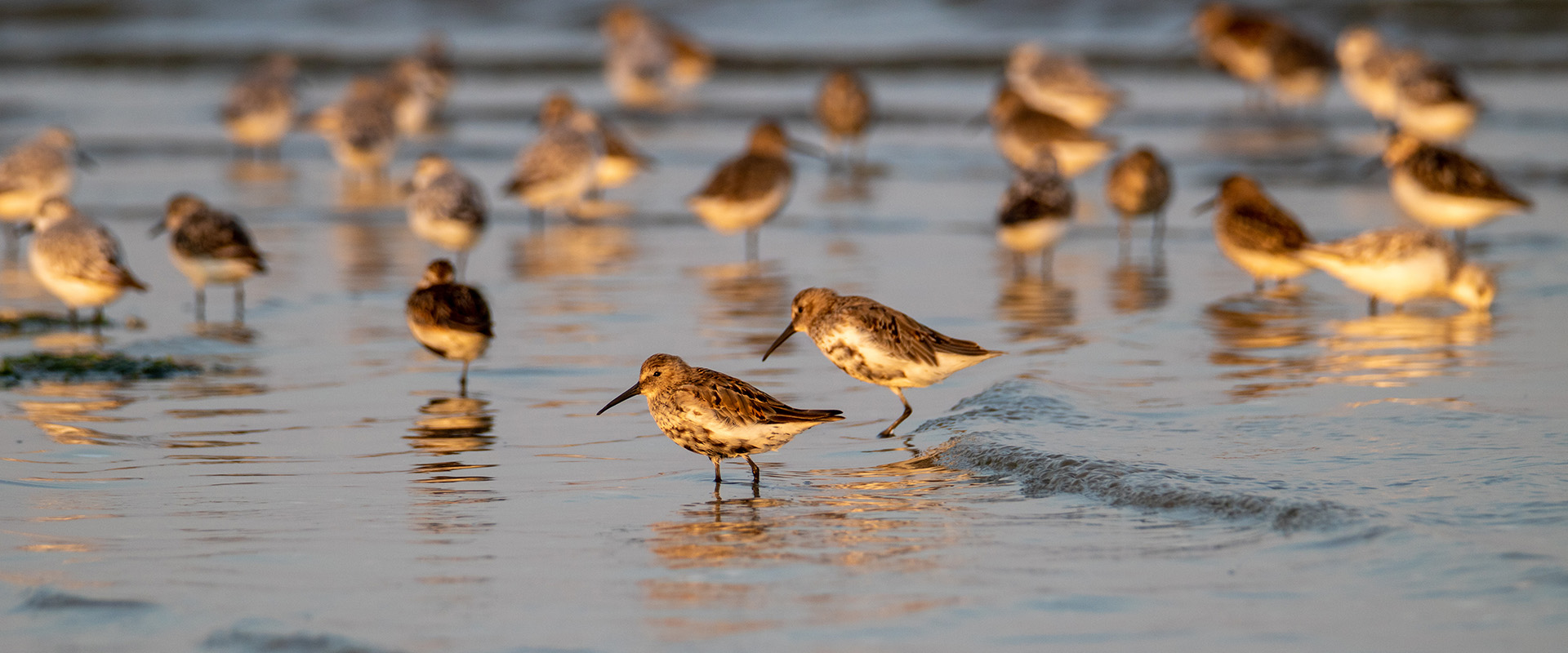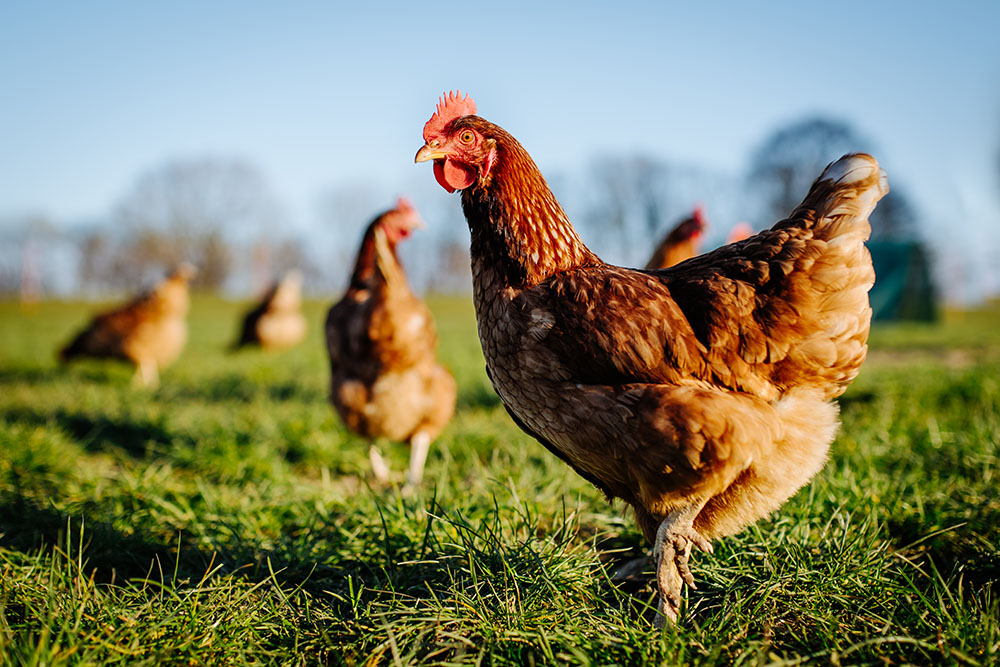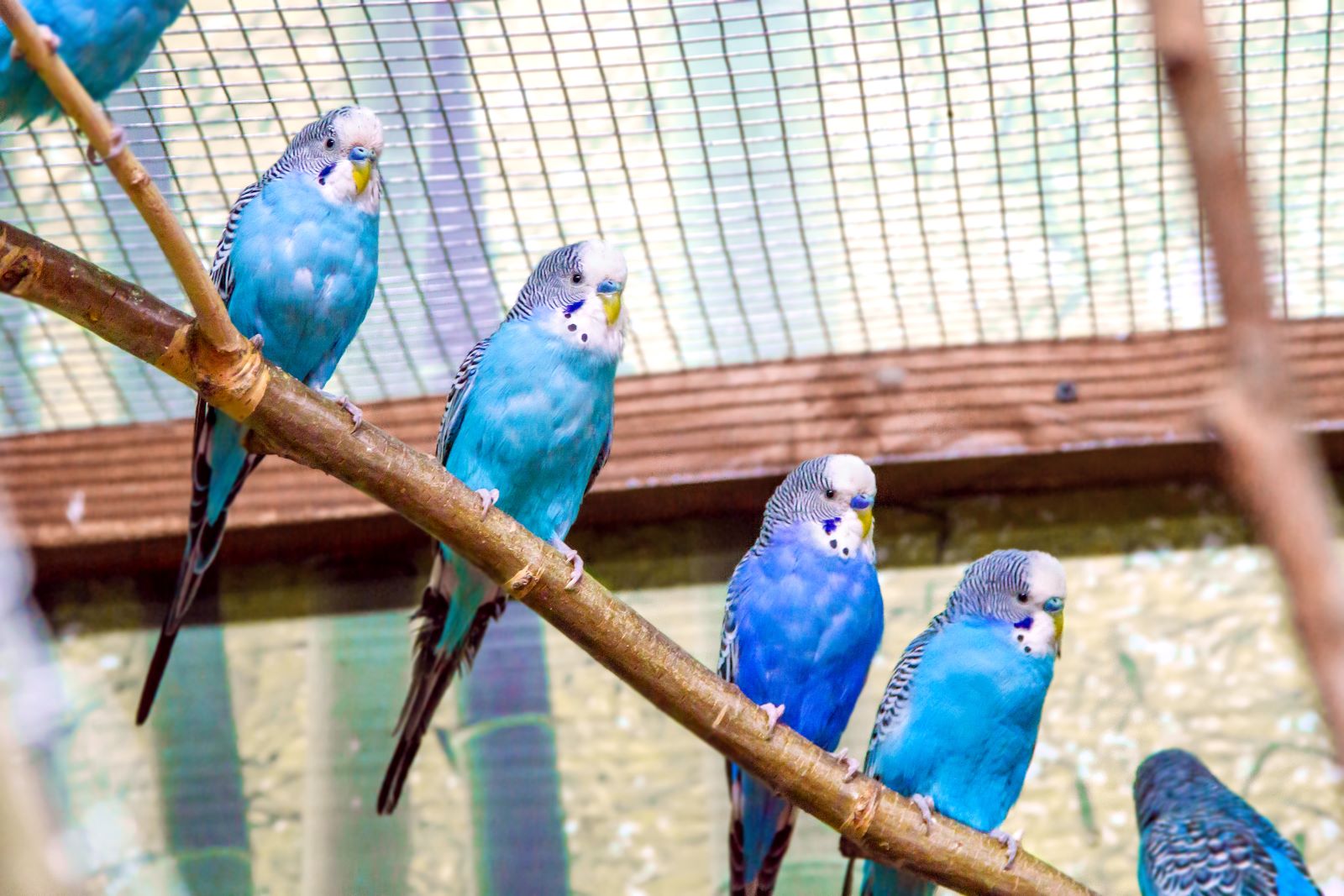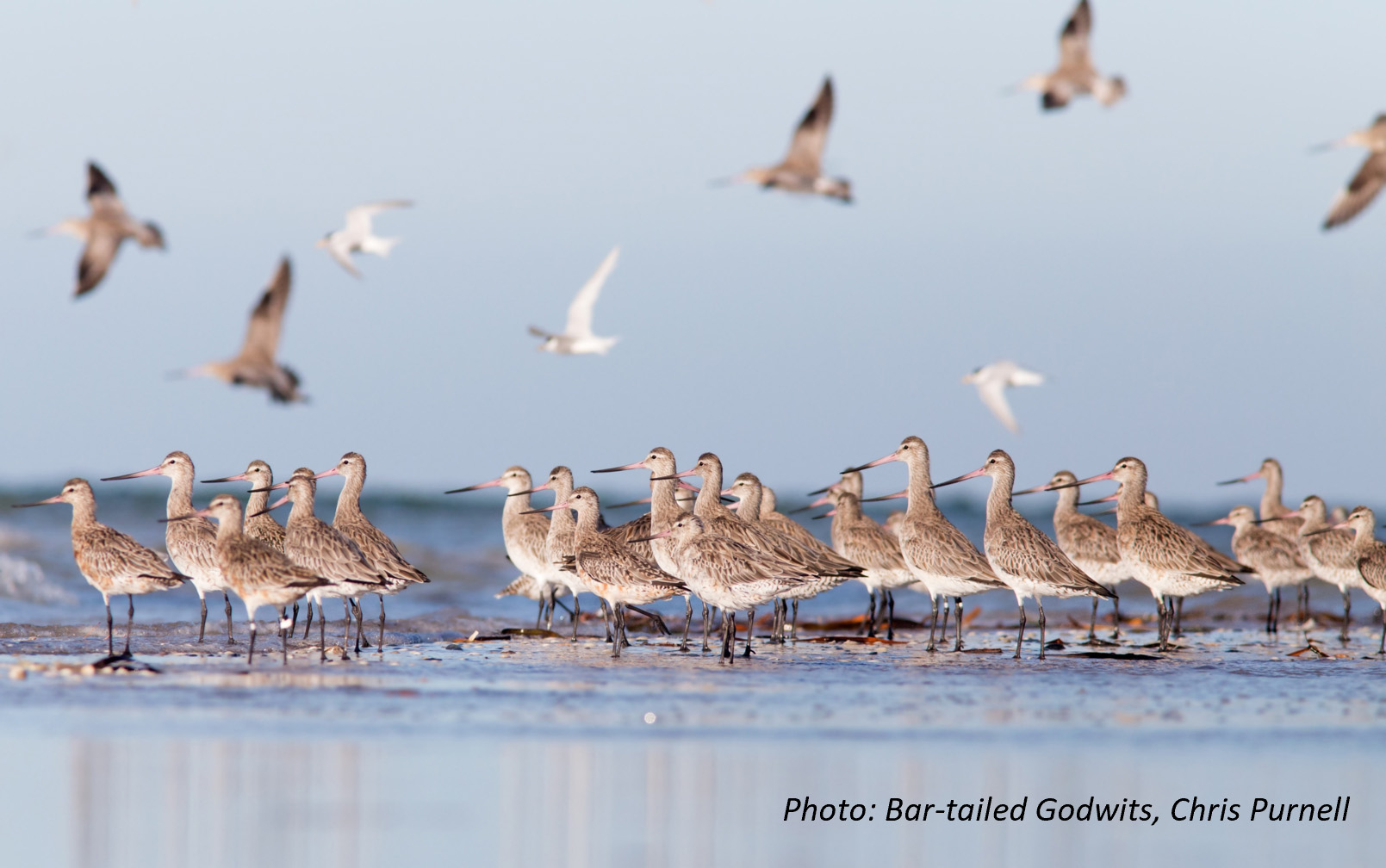
What is bird flu?
Bird flu is a viral disease of birds and is found across the globe. It mainly affects birds, but can also affect other animals, and, on rare occasions, humans.
H5 bird flu, specifically high pathogenicity avian influenza H5N1 clade 2.3.4.4b is a serious and highly contagious strain that has moved quickly around the world. Australia is currently the only continent free from this strain of H5 bird flu.
Wild, farmed and pet birds can catch bird flu. Overseas, other animals have become infected by this strain of H5 bird flu. These were mainly marine mammals and bird-eating scavengers but cases have been detected in dairy cattle, cats, goats, alpacas and pigs.
A number of human infections of the H5 bird flu strain of concern have been reported overseas. The majority have resulted in mild respiratory symptoms but there have been some severe cases. Most infected people had close contact with infected animals and contaminated environments. The likelihood of humans becoming infected is low as current strains of H5 bird flu circulating overseas do not appear to transmit easily to or between humans.




